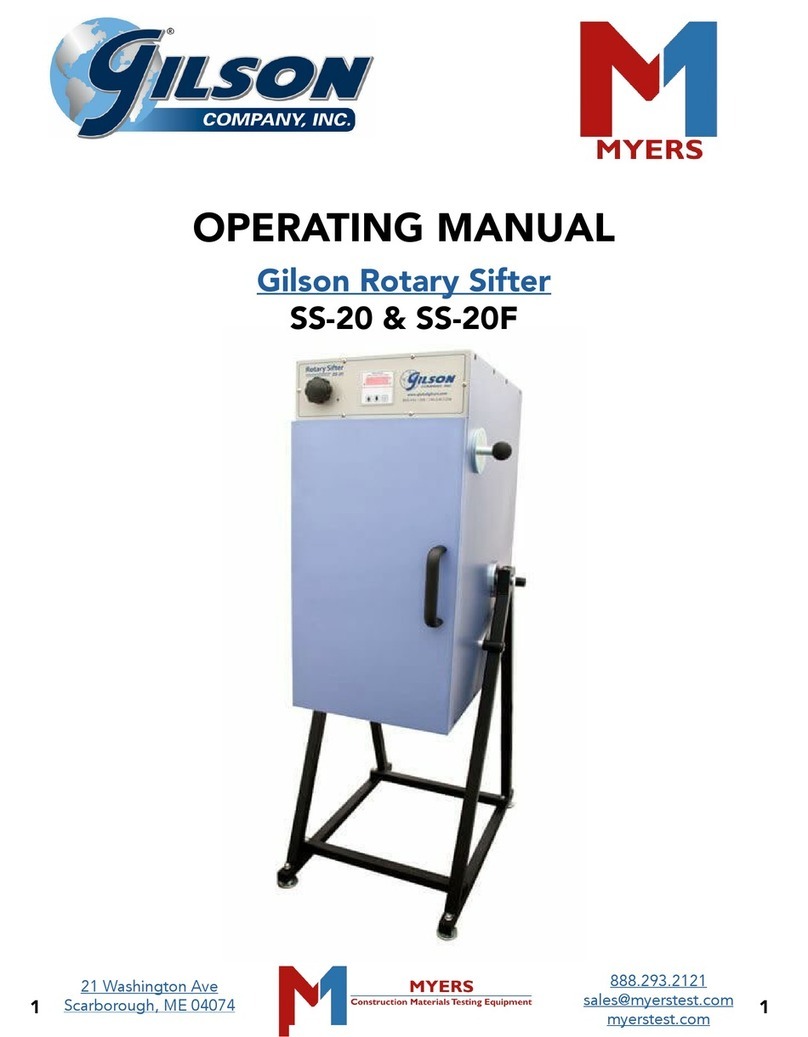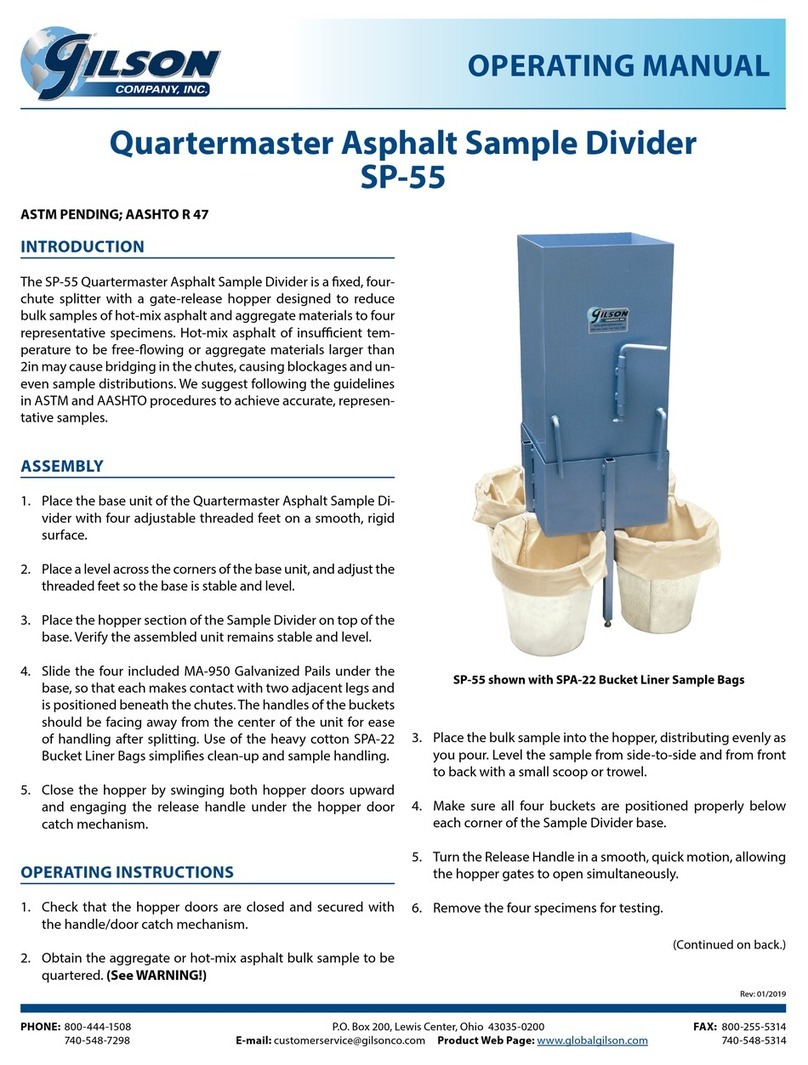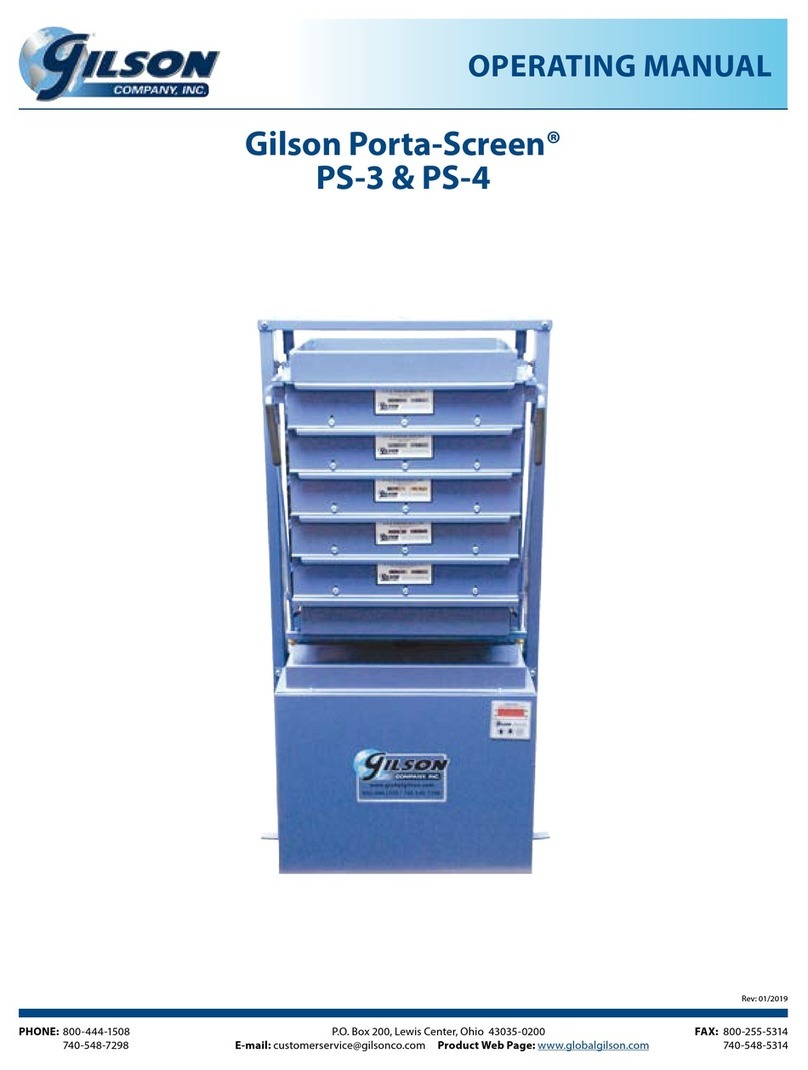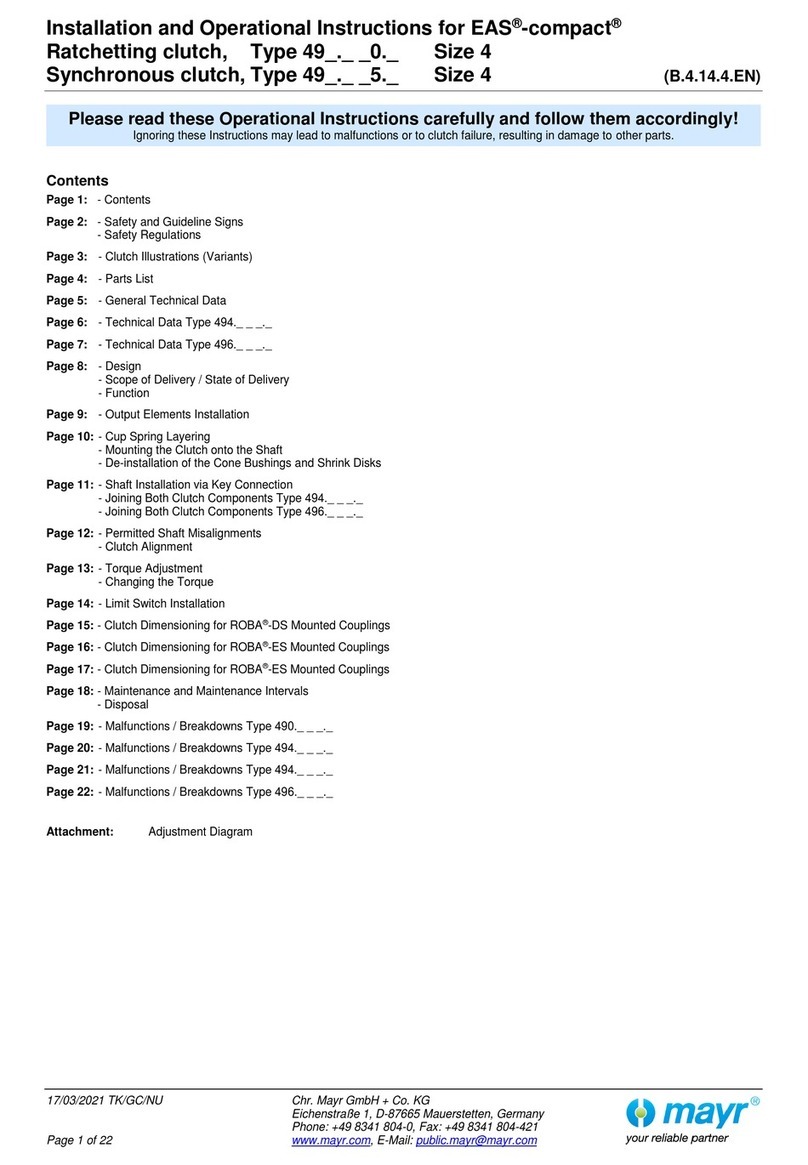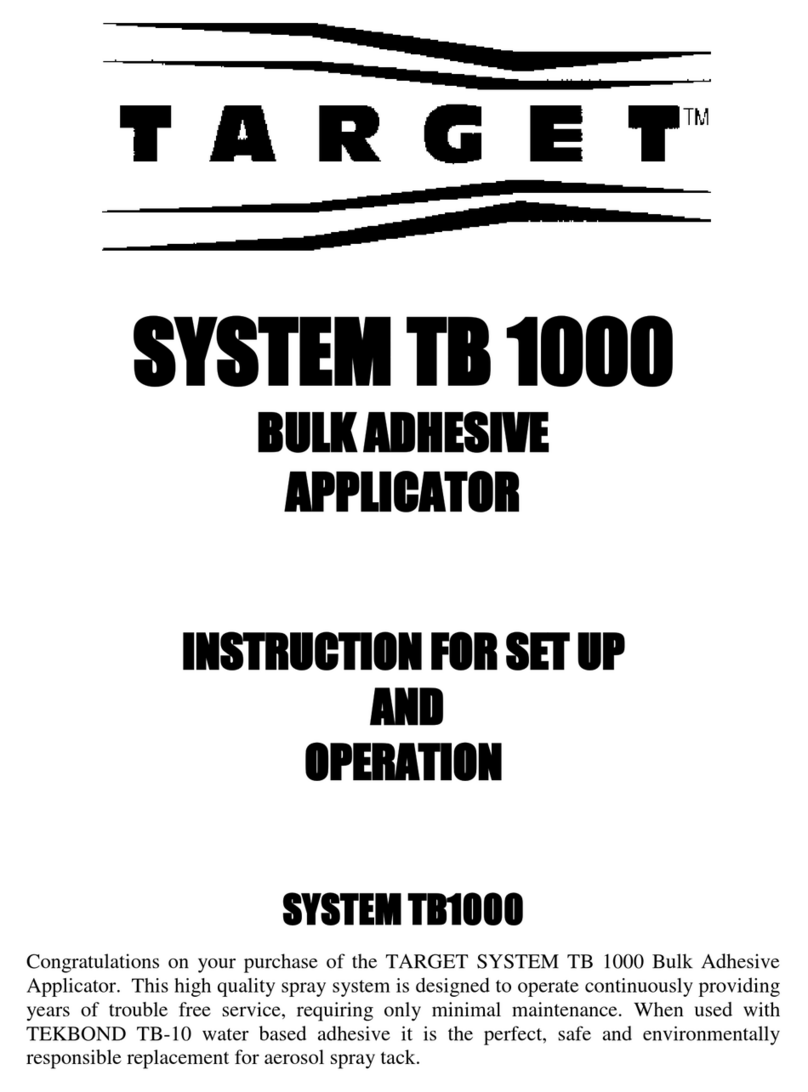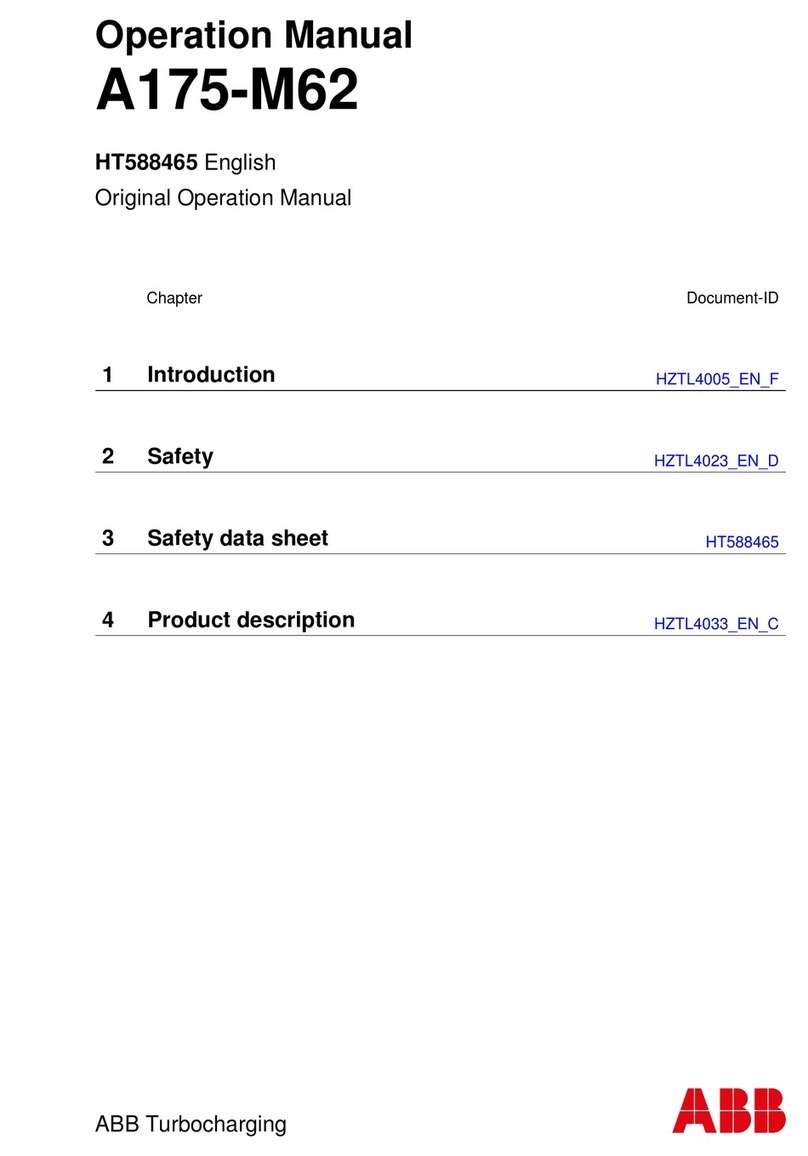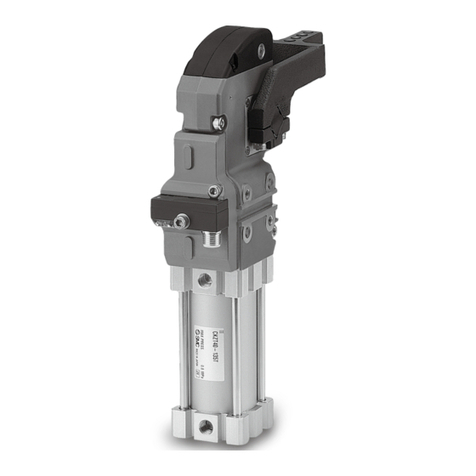Gilson AC-250 User manual

OPERATING MANUAL
Rev: 6/2022
PHONE: 800-444-1508 P.O. Box 200, Lewis Center, Ohio 43035-0200
740-548-7298 Email: customerservice@gilsonco.com Product Web Page: globalgilson.com
FAX: 800-255-5314
740-548-5314
Automatic Concrete Compression Machine
AC-250, AC-325, AC-450
AC-325 AC-450AC-250
The Automatic Concrete Compression Machine frames are manufactured from structural steel
angles welded to the top and bottom crossheads or main frame of a solid steel plate.
The AC-250 has the hydraulic cylinder assembly mounted to the top crosshead, with force being
applied downward. This design eliminates foreign material build-up around the piston-cylinder area.
The AC-325 and AC-450 have the hydraulic cylinder assembly mounted to the bottom main
frame of the compression machine and force is applied upwards. A metal shroud helps to
protect the piston-cylinder area from concrete fragments and debris.
Please read through the entire manual to fully understand the operations of the Gilson
Automatic Concrete Compression Machines.

2 Automatic Concrete Compression Machine Manual
CONTENTS
Introduction ..................................................................................................................................................................... 1
Safety Warning ................................................................................................................................................................. 3
Machine Specifications ................................................................................................................................................... 4
1.0 Receiving ............................................................................................................................................................... 5
1.1 Inspection ......................................................................................................................................................... 5
1.2 Uncrating .......................................................................................................................................................... 5
1.3 Initial Cleaning .................................................................................................................................................. 5
1.4 Daily Cleaning................................................................................................................................................... 5
2.0 Installation ............................................................................................................................................................. 5
2.1 Machine Location ............................................................................................................................................. 5
2.2 HMI (Touchscreen Interface) Installation .......................................................................................................... 6
2.3 Connections and Setup .................................................................................................................................... 6
2.4 Installation of Accessories................................................................................................................................ 7
3.0 Hydraulic System Setup ....................................................................................................................................... 7
3.1 Bleeding Air from the System ........................................................................................................................... 7
3.2 Checking and Maintaining the Fluid Level ....................................................................................................... 7
4.0 Operation ................................................................................................................................................................ 8
4.1 Calibration ........................................................................................................................................................ 8
4.2 Safety ............................................................................................................................................................... 9
5.0 Quick Test Guide ................................................................................................................................................... 9
6.0 HMI and Control System Operation ..................................................................................................................... 9
6.1 Main Test/Run Screen ...................................................................................................................................... 9
6.2 Touchscreen Interface Buttons ...................................................................................................................... 10
6.3 Display Fields ................................................................................................................................................. 11
6.4 Specimen Information .................................................................................................................................... 12
6.5 Correction Factor ........................................................................................................................................... 12
6.6 Break Type ...................................................................................................................................................... 13
6.7 Data Logging .................................................................................................................................................. 13
6.8 Printing ........................................................................................................................................................... 13
7.0 Optional Machine Configurations ...................................................................................................................... 13
7.1 Modulus of Elasticity
(MOE), or MOE and Poisson’s Ratio ..................................................................................
14
8.0 Maintenance ......................................................................................................................................................... 14
8.1 Checking and Maintaining the Fluid Level ..................................................................................................... 14
8.2 Filling the Reservoir with Hydraulic Fluid ....................................................................................................... 14
8.3 Bleeding Air from the System ......................................................................................................................... 15
8.4 Draining and Cleaning the Variable Frequency Drive (VFD) System .............................................................. 15
8.5 Replacement Parts ........................................................................................................................................ 15
9.0 Verification and Calibration ................................................................................................................................ 15
10.0 Accessories and Replacement Parts ................................................................................................................ 16
11.0 Technical Support ............................................................................................................................................... 16
Automatic Concrete Compression Machines
AC-250, AC-325, AC-450

Automatic Concrete Compression Machine Manual 3
NOTE: This machine has been operationally tested and calibrated at the factory. In order to fully comply
with the requirements stated in ASTM C39, the Compression Machine should be calibrated again "on
original installation or immediately after relocation." Gilson does not provide calibration services directly,
but can provide a list of calibrators in your area. Contact our Technical Department at 800.444.1508 or
Please read these instructions thoroughly to familiarize yourself with the operation of the Auto-
matic Concrete Compression Machine before attempting to run it.
The buyer is responsible for ensuring that users are properly trained, that they are aware of all of
the information and instructions in this document, and that they are aware of the potential risks
of operating the machine. The manufacturer will not be responsible for any damage to people
and/or property caused by noncompliance with any instructions in this manual.
NOTE: These instructions are intended only as a guide for general operation of this device and
should not be used in place of test protocol. Refer to current ASTM, AASHTO, and/or BS speci-
fications for complete and detailed test procedures.
Always ensure the motor and other electrical components are properly configured for your in-
tended use and available power source. Machines operate on either 110V,60Hz or 230V,50Hz.
Always use a properly-wired, three-pronged plug, or otherwise ground the machine. Make sure
the cord is located where no one will trip or get tangled in it.
Always check electrical wiring for loose connections and for pinched or frayed wiring.
Always disconnect and lock out power supply when the machine is not in use, especially before
performing maintenance and repairs.
WARNING: This machine operates on an electric current. Improper operation could result in
electric shock, electrocution, or an explosion! Motors are NOT explosion-proof!
WARNING: Do not wear loose clothing that might be caught in the machine and keep all body
parts away from moving parts of the machine. ALWAYS wear safety glasses, hearing protection,
and other personal protective equipment while operating, maintaining, or repairing this machine.
WARNING: DO NOT operate the machine without having all guards and covers in place.
WARNING: DO NOT perform tasks on the machine other than those for which it was designed.
Only use the machine in the manner for which it was intended, as described in this instruction
manual.
SAFETY INSTRUCTIONS
Wear safety
glasses when
using equipment.
CAUTION
WARNING
Moving Parts
Can Crush and Cut.
Operate Carefully

4 Automatic Concrete Compression Machine Manual
AC-250 AC-325 AC-450
Load Capacity Range 2,500–250,000lbf 3,250–325,000lbf 4,500–450,000lbf
Vertical Opening 19.625in (498.48mm) 19.25in (488.95mm) 19.125in (487.775mm)
Horizontal Opening 9.25in (234.95mm) 9.5in (241.3mm) 9.5in (241.3mm)
Ram Diameter 6in (152.4mm) 6.75in (171.45mm) 8.5in (215.9mm)
Piston Stroke 2.5in (63.5mm) 2.5in (63.5mm) 2.5in (63.5mm)
Platen Hardness 60HRC 60HRC 60HRC
Lower Platen Dimension 6.5in (165.1mm) dia. 6.5in (165.1mm) dia. 10.5in (266.7mm) dia.
Upper Platen Dimension 6.5in (165.1mm) dia. 6.5in (165.1mm) dia. 6.5in (165.1mm) dia.
Fluid Reservoir Capacity 2 gallons (3.78L) 2 gallons (3.78L) 2 gallons (3.78L)
Overall Width 30in (762mm) 33in (838.2mm) 34in (863.6mm)
Overall Depth 17in (431.8mm) 17in (431.8mm) 24in (609.6mm)
Overall Height 58in (1,473.2mm) 58in (1,473.2mm) 60in (1,524mm)
Unit Weight 570lb (258.55kg) 720lb (326.59kg) 1,480lb (671.32kg)
Automatic Concrete Compression Machine Specifications
Automatic Concrete Compression Machine
AC-250, AC-325, AC-450

Automatic Concrete Compression Machine Manual 5
1.0 RECEIVING
1.1 Inspection
Items are shipped in new condition and packed to withstand normal shipping risks. The Purchaser is responsible
for checking all packages for damage or loss before accepting any shipment.
1.2 Uncrating
To properly uncrate your new testing machine:
• Remove metal straps around the crate/box with suitable cutters (shears) if banded.
• Remove the top of the box/crate.
• Remove wooden braces on the top and sides of the machine if braced.
• If crated, remove the sides of the crate. If boxed, remove the entire box.
• If accessories are included, unband/unbrace and remove accessories.
• Cut all remaining bands and remove all wooden braces on the pallet.
• Remove the machine from the pallet.
• Locate the packing list and refer to it to verify that all parts and units are present.
1.3 Initial Cleaning
To protect your new testing machine during shipping and through extended periods of exposure to the elements,
a rust-preventative has been applied to the external surfaces of the machine. The rust inhibitor can be removed
after positioning/installing your machine and before making the hydraulic connections.
• Please use rubber gloves while using the solvent. Dampen a clean, dry cloth with a suitable safety solvent,
such as CRC Quick Clean or something similar.
NOTE: Do not soak the cloth or rub painted surfaces vigorously, as the solvent may attack the paint.
• Gently wipe the surfaces until tackiness is gone, then gently wipe with a dry cloth.
1.4 Daily Cleaning
To reduce particle contamination after testing, a dry wipe down should be done. Solvent need not be used
unless an accumulation of particles is present and is otherwise hard to remove.
2.0 INSTALLATION
2.1 Machine Location
It is recommended that the machine be placed in an area where the atmosphere is free from acidic or
contaminating fumes, which could accelerate the corrosion of machined surfaces or electrical contacts.
The machine should be placed in a temperature-controlled indoor environment where humidity or condensation
is within the following limits:
• Temperature = 41°–104°F (5°– 40°C)
• Relative Humidity= 30 –70%
All machines should be accurately leveled and secured to the floor with anchor bolts for proper operation. This
is especially important when testing high-strength concrete or utilizing pad caps. 1/2in diameter anchor bolts
are recommended.
The machine should be positioned to allow sufficient space at the side and rear for calibration or servicing
working space.
A dedicated electric outlet is recommended to help ensure that proper electricity is provided to the unit. Please
check stamped identification plate for voltage and current requirements.

6 Automatic Concrete Compression Machine Manual
2.2 HMI (Touchscreen Interface) Installation
The HMI system is a touchscreen interface. It is packed separately
and will need to be mounted to the Concrete Compression Machine.
• Remove the touchscreen interface from its custom packaging
and save it in the event it needs to be shipped again.
• Remove the screws, washers, and lock washers from the back
of the interface and set them aside.
• Line up the touchscreen with the mounting bracket. There are
two sets of four screw holes on the mounting bracket. The
touchscreen utilizes the inner set of holes.
• Put one screw in to hold the touchscreen. Finger tighten this
screw. Once the one screw is holding the touchscreen, align and
finger tighten the remaining three screws (see Fig. 2a).
• Once all the screws are in place, tighten all screws. Care should
be exercised not to overtighten (see Fig. 2b). (Fig. 2b only shows
one screw attaching the HMI to the bracket. This image is for
informational purpose only. When completing the installation of
the touchscreen, four screws must be used.)
• Connect the power plug, round load signal cable, and Variable
Frequency Drive (VFD) cable DB9 connector to their respective
ports on the interface. Tighten the screws on the DB9 with a
screwdriver so they are snug, but do not overtighten (see Fig. 2c).
• If your machine has any factory-installed options, such as MOE,
there may be one or more additional USB
connections. You may plug these connec-
tions into any of the available USB ports
on the interface EXCEPT the blue port.
The blue USB port is not available for
machine connections and should only be
used with an external USB device, such
as a mouse, keyboard, or thumb drive.
2.3 Connections and Setup
The Automatic Compression machines have
one hydraulic connection and an over-travel
limit protection switch pre-installed at the
factory.
Other electronic devices, if applicable (i.e.,
LVDTs, position sensors, etc.), can be connected
to available ports on the touchscreen interface.
Once all connections have been made, check the fluid level of the hydraulic reservoir. Machines are shipped
with hydraulic fluid but add additional fluid to the reservoir if necessary. Fluid type is the readily available Dexron
III or VI ATF, and the desired fluid level is 2in below the top of the reservoir with the machine fully retracted.
Check the stamped metal ID nameplate for voltage requirements, and connect the power cord of the machine
to a standard wall plug.
NOTE: GFCI protected outlets should not be used. Nuisance tripping may occur due to the high-frequency
switching of the VFD drive.
Fig. 2a: Tighten screws with fingers
Fig. 2b: Tighten screws—do not overtighten
VDF DB9 CABLE
CONNECTOR POWER PLUG
LOAD SIGNAL
CABLE
Fig. 2c: Cable connections

Automatic Concrete Compression Machine Manual 7
2.4 Installation of Accessories
Spherically-seated breaking heads and other top-mounted platens are held in place by a locking stem secured
by a hex (Allen) head set screw. For AC-325 and AC-450 series machines, the set screw is installed in the front
of the upper crosshead.
For the AC-250 series, the set screw is partially obscured when the loading piston is in the home position. To
access the set screw, advance the piston about 1in and place the hydraulic control in the hold position.
Lift the accessory into position, inserting the holding stem firmly into the hole centered inside the frame. Then,
tighten the set screw against the holding stem, locking the accessory in place. There should not be any force
on the holding stem or set screw during testing. The force should be between the frame and blue seat of the
testing accessory.
Note regarding Unbonded Capping: The sudden release of energy (when the specimen breaks) associated
with rubber pad caps can greatly reduce the life of hydraulic and mechanical components. Pad caps are not
recommended for prolonged testing beyond 60% of the machine’s maximum capacity.
3.0 HYDRAULIC SYSTEM SETUP
Keeping the unit clean and the fluid free of dirt will increase the life of the pump, valve(s), and other hydraulic
components. The fluid reservoir is filled prior to shipment with Dexron III Automatic Transmission Fluid (ATF).
Fluid capacity is approximately 2 gallons, and fluid level should be approximately 2in from the top of the reservoir.
See Section 8.0 if addtional fluid needs to be added.
Testing accessories should be cleaned as needed. Spherical discs and seats should be disassembled, cleaned,
and lubricated periodically with a light lubricant such as Dexron III ATF or spray lubricants. Do not use heavy
lubricants such as grease, as dust and debris will collect in it and prevent the unit from rotating properly.
The reservoir should be drained and replenished with clean fluid at least once a year. The frequency of the fluid
change will depend greatly on the general working conditions, hours of use, and the overall cleanliness and
care given to the system.
3.1 Bleeding Air from the System
Upon initial startup, air can accumulate within the hydraulic system. The trapped air can cause the system to
advance slowly or to surge and make the motor become noisy. To remove the trapped air:
• With fluid in the unit and the machine ready to operate under zero load, advance the piston about 2in of
travel and then retract to the starting position. This should be repeated several times to work the air out of
the system. If this does not remove all trapped air, continue to the next step.
• With fluid in the unit and the machine ready to operate under zero load, loosen a couple of turns, but do not
remove, a hose fitting that is situated higher than the rest of the hose fittings in the system. Run the pump
until a steady flow of fluid, free of air bubbles, is observed. Retighten the fitting.
3.2 Checking and Maintaining the Fluid Level
NOTE: The following operations should be performed with the power off and the piston retracted to
effectively determine fluid level.
• After locating the pump and motor assembly, find the plug on the top of the reservoir cover plate.
• Check the fluid level in the reservoir by removing the fill plug and inserting the dipstick in the reservoir. The
system is full when the fluid level measures 2in below the top of the tank when fully retracted. Overfilling may
cause performance issues, leaking, and/or damage to the pump, motor, or valve(s).
• When it is necessary to add fluid to the reservoir, remove the cap and fill it to the proper level with Dexron III
or VI ATF. The reservoir capacity is approximately 2 gallons.

8 Automatic Concrete Compression Machine Manual
4.0 OPERATION
Two major components make up the control system of this machine: the touchscreen and the Variable Frequency
Drive (VFD). The touchscreen allows for intuitive setup and use of the machine and the ability to view, analyze,
and export test data. The VFD controls the motor speed, allowing very efficient use of hydraulic power.
STARTUP
When the machine is plugged in, the power is
supplied to many components. If the machine
will be off for an extended period of time (a few
weeks or more), it is recommended to unplug
the machine.
The HMI (touchscreen) interface has a power
button in the bottom left corner that turns it
on or off. Once power is applied, a booting
sequence starts and will last between 30
seconds and 2 minutes (see Fig. 4a).
When the booting is complete, the interface will
finish by loading the automatic software package.
To turn the touchscreen off, momentarily push
the power switch. This will initiate the operating
system to shut down and prevent data loss or
file corruption. Once the shutdown process has
been completed, the PWR LED will extinguish,
and line power can be disconnected. The system
is designed to let power remain on the other
components. If the system will be off for an
extended period of time, it is acceptable to unplug
the machine after the above shutdown procedure.
EMERGENCY STOP (E-STOP)
This button is a safety feature of the machine. If something unexpected
happens while the machine is running, the “E-Stop” button can be
pressed. Pressing this button removes all output power from the
system. This means that the hydraulic pump motor will stop, and
all controls and solenoids will return to their default positions. This
button should be used in emergency situations to kill hydraulic power
on the machine. The button “locks” after being pressed and must be
twisted to reset. Tripping the E-Stop is recommended during routine
maintenance or service of the system, such as changing hydraulic fluid.
After the emergency condition has been addressed, the “E-Stop”
button can be reset. The diagnostics screen will report when the
E-Stop is activated by turning red. It may be necessary to press the
“Reset Drive” button on the diagnostics screen to resume testing after
an E-Stop condition.
4.1 Calibration
ASTM C39 requires concrete compression testing machines to be calibrated and verified annually in accordance
with the most current revision of ASTM E4.
All safety devices and accuracy adjustments are preset during the calibration to give maximum performance
and safe operation.
Each machine is fully serviced and calibrated at the factory. However, ASTM C39 requires that machines be
calibrated after final installation or relocation.
Contact Gilson Technical Support at: 800.444.1508 or techsupport@gilsonco.com for assistance in finding an
independent calibrator in your area.
Fig. 4a: Gilson HMI startup and information screens
EMERGENCY STOP
(E-STOP)

Automatic Concrete Compression Machine Manual 9
4.2 Safety
• The hydraulic power unit utilizes an adjustable high-pressure relief valve, which protects the testing machine
from becoming overloaded. This is factory preset and typically does not require any adjustment in the field.
• Fragment guards with heavy-duty latches and hinges are mounted to both the front and rear of the compres-
sion frame. Fragment guards incorporate Lexan® inserts for complete operator protection from flying debris
when testing explosive, high-strength specimens. Lexan® also permits clear viewing of the test in process.
• Piston over-travel limit switches come standard on all Gilson Automatic Concrete Compression Machines.
These switches prevent travel of the piston beyond the 2.5in stroke limit of the testing machine.
5.0 QUICK TEST GUIDE
Always be aware of the “E-Stop” button location prior to operating the automatic machine. This is a red
button, clearly marked on the machine’s console. If, at any time, you need to stop the system due to unsafe
conditions, press the “E-Stop” button.
Turn on the power to the machine and wait for the system to power up (if not already running).
Check specimen/test type in the upper right corner, change to the desired specimen if needed. Make sure to
check the specimen dimensions and set the ramp rate, break %, and preload.
Load specimen in the machine according to applicable standards.
Hold the “Jog Advance” button to advance the system for specimen centering/block seating procedures. Jog
until there is a small gap between the platen and the specimen.
Press the “Tare Load” button and perform centering block seating procedures per applicable standards.
Hold the “Jog Advance” button to apply between 1–10% of the anticipated load on the specimen. Release
the “Jog Advance” button and perform perpendicularity/alignment checks per applicable standards.
Press the “Start Test” button if satisfied with the alignment and perpendicularity checks. If not satisfied, press
the “Retract” button and repeat the previous step.
The machine will rapidly advance to the preload amount, then switch to the preset ramp rate for the remain-
der of the test. The machine will stop and retract when a drop in load according to the break % is reached.
If ASTM C39 is selected a break type can be chosen and included with the report (see Fig. 6d).
Record the load at break, or stress at break as desired, or simply move on to the next test if the data logged
results are used.
Clean out the debris from the broken specimen and repeat the procedure from “load specimen in the machine
according to applicable standards” if the specimen is the same size and type. If the specimen is a different
size and/or type, repeat the procedure from “check specimen/test type,” and reselect before proceeding.
6.0 HMI (TOUCHSCREEN INTERFACE) AND CONTROL SYSTEM OPERATION
The HMI (Touchscreen Interface) is a powerful device that enables the setup of testing protocol, real-time display
of test data, and post-test data transfer. The operator can navigate options for: Test Run, Test Setup, Machine
Setup, Calibration, Reporting and Data Transfer, and Diagnostics. The interface provides a simultaneous display
of force, stress, and rate of load, and displays a real-time graph of Load vs. Time or Stress vs. Strain.
The interface is equipped standard with Wi-Fi, USB inputs, and two LAN ports. The power switch is located in the
lower corner. Always turn off the system by momentarily pushing the power switch. This will initiate the operating
system to shut down and prevent data loss or file corruption. Once the shutdown process has completed, the
PWR LED will extinguish, and line power can be disconnected. If being installed in an area with poor power
reliability, the use of an uninterruptable power supply (UPS) is recommended.
6.1 Main Test/Run Screen
The “Main Test/Run” Screen is the base screen where testing is performed. It provides access to setup, calibra-
tion, diagnostics, and reporting.

10 Automatic Concrete Compression Machine Manual
6.2 Touchscreen Interface Buttons
• JOG ADVANCE: This allows the user to jog advance the main ram. The ram only moves while the button is
being pressed. Therefore, the button must be held to advance. Releasing the button will stop the advance
and hold the ram in position. The button is green while being pressed and yellow when holding.
• RETRACT: This allows the user to retract (dump hydraulic pressure). Pressing the button will open the valve
and dump all system pressure. It does not need to be held—a single press dumps the system.
• START TEST: When a test is ready, press this button to start the test. During preload, this button will be yellow.
When a test is running, this button will be green.
• STOP TEST: During preload, a running test, or while paused, the “Stop Test” button can be pressed to stop
the test. Pressing the button will stop the motor and open the dump valve to dump all system pressure.
• TARE LOAD: This allows the user to tare or zero the system load/stress.
• SHOW GRAPH: This shows a graph of the test when pressed. Button changes to “Hide Graph” when a graph is
displayed. Press the button to close the graph in this state.
• DIAGNOSTICS: This allows the user to see the status of the “E-Stop” button, the VFD Drive, the pressure
transducer, and the over-travel limit switch. The diagnostic button will show red if there is a problem or an
activated item. Pressing the button brings up the screen below. A green indicator means the item is ready,
while a red indicator means that the item is in a fault condition. You need to resolve any faults to achieve a
green “System Ready” before you can proceed with testing.
The diagnostics screen for your system may have additional items to accommodate special features, such
as MOE, secondary frame, or displacement.
• USER INFO: This allows the user to enter and store various names, companies, addresses, and other reporting
information. Select the check box “Print Each Test” to print a report at the end of each test. This report is a
detailed specimen report that includes a graph of Load vs. Time. For machines with other options, like MOE,
additional graphs are included in the printed reports.
Fig. 6a: Touchscreen Interface Buttons on Main Test / Run Screen

Automatic Concrete Compression Machine Manual 11
Fig. 6b: Machine Parameters (Machine Setup) Window
• MACHINE SETUP: This brings up a screen containing various units of measure and machine options (see Fig.
6b). A user can toggle on/off the checkbox for either the touchscreen or over-travel limit switch detection. It
is strongly recommended to leave the over-travel limit switch detection on if the frame is equipped with the
device.
• VERIFY CALIBRATION: This button allows access to the verification and calibration screens. Calibrating and
verifying the machine allows for accuracy exceeding ASTM E4 requirements. This menu is discussed in detail
in the calibration section.
• GENERATE REPORT/TRANSFER: This button is used to reprint specimen reports, create summary reports, and
transfer data files to an external USB flash drive.
6.3 Display Fields
• LOAD: This is the current live load measured at the machine’s main ram. This is a calculated value based on
the ram’s hydraulic pressure and diameter. This value can be reset at any time, except when a test is running,
by pressing the “Tare Load” button. Resetting the value allows for compensation for materials placed on the
ram that do not exert force on the test specimen.
• STRESS: This is the current live stress measured at the machine’s main ram. This is a calculated value based
on the specimen’s calculated load and surface area (or other methods per applicable ASTM or other stan-
dards). This value can be reset at any time, except when a test is running, by pressing the “Tare Load” button.
Resetting the value allows for compensation for materials placed on the ram that do not exert force on the
test specimen.
• MAX LOAD: This is the peak load encountered by the specimen since it was last reset. This value is reset at
the beginning of every test.
• MAX STRESS: This is the peak stress encountered by the specimen since it was last reset. This value is reset
at the beginning of every test.
• RAMP RATE: This displays the current ramp rate during a test.
• THIS TEST: The ID for the currently running or last completed test. This must be an integer on standard ma-
chines.
• NEXT TEST: This is the next test ID. It can be manually entered or auto-generated, as described below.
• AUTO (CHECKBOX): This is used to activate “Auto Test ID” mode. “Auto Test ID” mode allows the system to
increment the test number by one for each test performed.

12 Automatic Concrete Compression Machine Manual
Fig. 6c: Display Fields on Main Test / Run Screen
6.4 Specimen Information
DROP-DOWN BOX - Select the specimen/test type to be run. This allows access to various specimen setup
input parameters. Care should be taken when entering the dimensions, as specimen stress is calculated from
this parameter. Care should also be taken when entering the following three important setup parameters:
• BREAK: Percentage threshold of the peak load used to detect a specimen break. For example, if the break
% is set at 70% and the system maximum load is 100,000lb, a drop to 70,000lb or less would trigger break
detection.
Care must be exercised if this setting is too high or too low. For example, if 95% was selected, the system
may stop the test when a chip breaks off a corner. Full breaking stress may never be reached. Alternatively,
if the percentage is too low, the system may never detect breakage, thus not stopping and retracting at the
end of a test. A break % from 50% to 70% is recommended for most applications.
• RAMP RATE: Ramp rate desired. This value should be set based on testing standards.
• PRELOAD: Load threshold in which to perform rapid advance before controlling at the desired ramp rate. This
value is the load before data collection begins. During preload, no break detection is applied. It is important
to select a preload value that is high enough, so that break detection is not activated prematurely. In most
applications, preload should not be set lower than 1% of a testing machine’s capacity.
NOTE: ASTM C39 allows a fast advance up to 50% of the anticipated break strength before controlling at
35psi/sec.
6.5 Correction Factor
Per ASTM C39, only used for specimens that are not the standard 2:1 length to diameter ratio. When activated,
the correction factor is applied to displayed values. A value of 1 should be used when diameter vs. length does
not require applying a correction factor.
6.6 Break Type
Used to store the break type according to ASTM C39. When the checkbox “Ask for Break Type?” is selected, the
system will prompt the user to choose the break type at the end of each test (see Fig. 6d).

Automatic Concrete Compression Machine Manual 13
6.7 Data Logging
Standard functionality includes data collection for printing and transfer.
The HMI also collects data from optional extensometer and compressometer displacement transducers. This
data is captured with the same timestamp as the load data.
Press the “Generate Report/Transfer” button to manage logged data. Two data sets are stored on the machine.
The summary data has information about the test performed, like peak break info, the test ID, and basic
specimen information. The second data set is the test data and contains the Force vs. Time information for the
complete test(s).
An external USB drive must be attached to the touchscreen to retrieve summary data, test data, or summary reports.
To generate a summary report, press the “Create Summary Report” button and then select one or more stored
summary data files for your report. Press the “Generate Report/Transfer” button to generate the report.
To move either summary data or test data, select the “Move Summary Data” or “Move Test Data” button. Select
the desired data files and then the desired location.
Select “Reprint a Previous Test Report” and then select the proper test ID to reprint a test report.
6.8 Printing
The system can be configured to print every test report. Most printers will be automatically set up by the
operating system when connected.
Printer margins and the “Print Each Test” checkbox are found on the “User Info” tab. Select the checkbox to
print each test.
7.0 OPTIONAL MACHINE CONFIGURATIONS
Optional machine configurations are available for Gilson Automatic Concrete Compression Machines. Options
include Dual Frame machines, Dual Range machines, and Ram Displacement Measurement (for speed control).
• Dual Frame machines have a two-step process to change the frame selected. The operator must move the AB
valve to the opposite position and press the button on the main screen for the primary frame or secondary frame.
• Dual Range machines allow selection of either a low or high range by pressing the button on the main screen.
• Ram Displacement Measurement Machines with the Displacement option can measure the movement of the ram.
This gives a user the ability to select a speed at which a test occurs rather than just a loading or stress rate.
Fig. 6d: Break Type selection window

14 Automatic Concrete Compression Machine Manual
7.1 Modulus of Elasticity (MOE), or MOE and Poisson’s Ratio
Modulus of Elasticity (MOE) testing can be selected from the specimen type drop-down menu on the main screen
if optional equipment was factory-installed on the machine. Before you can start a MOE test, you must break
a companion specimen in standard compression mode to get the strength of the specimens. This strength is
then entered in the “Comp. Brk.” field. Once a nonzero value is entered, the operator can proceed with setup
and testing. Again, the “Run” and “Jog” buttons will be disabled until the companion break strength is entered.
The remaining parameters to setup are:
• DIAM = specimen diameter
• Length = specimen length
• Weight = specimen weight
• Age = specimen age
• Ramp Rate = rate of stress applied
• Preload = amount of load to apply before starting controlled ramp rate
• Comp. Brk. = break strength of the companion specimen (discussed above)
• Cycles = number of load/unload cycles to run
• LVDT = select desired LVDT (unit can store calibrations for six unique LVDTs)
• Gauge Length = gauge length per compressometer setup (via the “Setup” button)
• Correction Factor = er/(er-eg), dimensional constant per ASTM C469 (via the “Setup” button)
During testing, you can either watch the normal display or select the “Show Graph” option to look at Load vs.
Time or Strain vs. Time. While the test is applying load, the system will show a positive ramp rate. When the
system is unloading, it will display a negative ramp rate.
Pressing the “Setup” button (next to LVDT) will allow the user to input the correction factor and gauge length.
If the machine is equipped with (optional) Poisson’s ratio capability, you can perform Poisson’s ratio testing by
selecting the checkbox. Be sure the correct LVDT is selected in the drop-down list.
An example Load vs. Time graph is shown during the test by pressing the “Show Graph” button.
By pressing the “Stress vs. Strain” button, you can look at the Stress vs. Strain graph.
Once the test completes, the MOE value is displayed.
8.0 MAINTENANCE
8.1 Checking and Maintaining the Fluid Level
• After locating the pump and motor assembly, find the plug on the top of the reservoir cover plate.
• Check the fluid level in the reservoir by removing the fill plug and inserting the dipstick in the reservoir. The
system is full when the fluid level measures 2in below the top of the reservoir when fully retracted. Overfilling
may cause performance issues as well as leaking, and/or damage to the pump, motor, or valve(s).
• When it is necessary to add fluid to the reservoir, remove the cap and fill it to the proper level with Dexron III
or VI ATF. The reservoir capacity is approximately 2 gallons.
8.2 Filling the Reservoir with Hydraulic Fluid
• On the back, top side of the reservoir, locate the plastic screw-in plug. This is the fill hole for hydraulic fluid.
Clean the area around the plug to remove all dust and grit before removing the screw-in plug. Any foreign
particles in the fluid could damage pump surfaces, resulting in loss of performance.
• Insert a clean funnel with a filter.
• Fill the reservoir with new Dexron III ATF to approximately 2in below the top plate of the reservoir. Do not
overfill as this can cause poor performance, leaking, and possible damage to the system.
• Replace the plug.
• Test the system. Sometimes multiple starts and stops are needed to prime the pump following service.

Automatic Concrete Compression Machine Manual 15
8.3 Bleeding Air from the System
Upon initial startup, air can accumulate within the hydraulic system. The trapped air can cause the system to
advance slowly or to surge and make the motor become noisy. To remove the trapped air:
• With fluid in the unit and the machine ready to operate under zero load, advance the piston about 2in of
travel and then retract to the starting position. This should be repeated several times to work the air out of
the system. If this does not remove all trapped air, continue to the next step.
• With fluid in the unit and the machine ready to operate under zero load, loosen a couple of turns, but do not
remove, a hose fitting that is situated higher than the rest of the hose fittings in the system. Run the pump
until a steady flow of fluid, free of air bubbles, is observed. Retighten the fitting.
8.4 Draining and Cleaning the Variable Frequency Drive (VFD) System
• Disconnect the power and ensure the piston is retracted.
• Thoroughly clean the pump exterior
• Disconnect the high-pressure line and set it in a clean bucket.
• Remove the solenoid from the valve cartridge by unthreading the cap and sliding it upward off the valve.
• If your system has a transducer attached to the high-pressure line, disconnect it by unscrewing the signal
cable.
• With all attachments now disconnected, remove the four bolts holding the reservoir to the shelf.
• Remove the screws along the top plate of the reservoir.
• Lift off the motor, top plate, and pumps as one unit and carefully rest the unit on its side on clean rags to
soak up excess hydraulic fluid.
• Check and clean the filter screen on the intake of the pump assembly. A soft brush can remove any build-up
on the screen.
• Drain the fluid from the reservoir.
• Using a lint-free cloth, wipe out any remaining fluid and debris from the bottom of the tank.
• Once complete, partially fill the tank with approximately one gallon of clean fluid.
• Reconstruct the top assembly to the reservoir, changing the gasket if necessary.
8.5 Replacement Parts
When ordering parts, please refer to your testing machine’s model and serial number. This information can be
found on the metal information tag of the testing machine, typically affixed to the upper left side of the frame.
Contact Gilson Technical Support at: 800.444.1508, or techsupport@gilsonco.com for assistance in
performing maintenance or identifying replacement parts for your Automatic Compression Machines.
9.0 VERIFICATION AND CALIBRATION
Before the machine can be used, it must be properly calibrated and verified. While machines are always factory
calibrated, ASTM C39 requires the machine to be verified in accordance with ASTM E4 after it is installed in its
final location. Verification is completed on the “Verify Calibration” screen. If necessary, calibration is performed
by pressing the “Calibrate Machine” button on the verification screen. Please note the user must have the proper
password to calibrate the machine.
Contact Gilson Technical Support at: 800.444.1508, or techsupport@gilsonco.com for assistance in
finding an independent calibrator in your area.

16 Automatic Concrete Compression Machine Manual
10.0 ACCESSORIES AND REPLACEMENT PARTS
AC-250 AND AC-325 SERIES
• ACA-122 2x4in Cylinder Test Set for use with Bonded Caps
• ACA-120 2x4in Cylinder Test Set for use with Unbonded Caps
• ACA-132 3x6in Cylinder Test Set for use with Bonded Caps
• ACA-130 3x6in Cylinder Test Set for use with Unbonded Caps
• ACA-142 4x8in Cylinder Test Set for use with Bonded Caps
• ACA-140 4x8in Cylinder Test Set for use with Unbonded Caps
• ACA-162 6x12in Cylinder Test Set for use with Bonded Caps
• ACA-160 6x12in Cylinder Test Set for use with Unbonded
Caps
1
• ACA-200 Flexural Test Set
• ACA-320 2in Cube Test Set
• ACA-360 6in Cube Test Set
• ACA-440 Tensile Splitting Set, 4x8in Cylinders
• ACA-460 Tensile Splitting Set, 6x12in Cylinders
• ACA-540 Compressometer, 4x8in Cylinders
• ACA-560 Compressometer, 6x12in Cylinders
• ACA-640 Compressometer/Extensometer, 4x8in Cylinders
• ACA-660 Compressometer/Extensometer, 6x12in Cylinders
• ACA-730 Grout Prism Test Set
• ACA-820 Proppant Crush Testing Set
• PRA-14 Proppant Crush Cell and Piston
• MCA-44 Perpendicularity Verification Device for 4x8in
Cylinders with 4in Spacers
• MCA-44N Perpendicularity Verification Device for 4x8in
Cylinders without Spacers
• MCA-46 Perpendicularity Verification Device for 6x12in
Cylinders
• MCA-41 4x8in Gap Measurement Tool
• MCA-42 6x12in Gap Measurement Tool
11.0 TECHNICAL SUPPORT
Contact Gilson Technical Support for assistance with operation, maintenance, or repair of the Automatic
Concrete Compression Machine.
• Telephone: 800-444-1508
• Web: globalgilson.com
AC-450 SERIES
• ACA-123 2x4in Cylinder Test Set for use with Bonded Caps
• ACA-121 2x4in Cylinder Test Set for use with Unbonded Caps
• ACA-133 3x6in Cylinder Test Set for use with Bonded Caps
• ACA-131 3x6in Cylinder Test Set for use with Unbonded Caps
• ACA-143 4x8in Cylinder Test Set for use with Bonded Caps
• ACA-141 4x8in Cylinder Test Set for use with Unbonded Caps
• ACA-163 6x12in Cylinder Test Set for use with Bonded Caps
• ACA-161 6x12in Cylinder Test Set for use with Unbonded
Caps
1
• ACA-200 Flexural Test Set
• ACA-321 2in Cube Test Set
• ACA-362 6in Cube Test Set
• ACA-441 Tensile Splitting Set, 4x8in Cylinders
• ACA-460 Tensile Splitting Set, 6x12in Cylinders
• ACA-540 Compressometer, 4x8in Cylinders
• ACA-560 Compressometer, 6x12in Cylinders
• ACA-640 Compressometer/Extensometer, 4x8in Cylinders
• ACA-660 Compressometer/Extensometer, 6x12in Cylinders
• ACA-731 Grout Prism Test Set
• ACA-821 Proppant Crush Testing Set
• PRA-14 Proppant Crush Cell and Piston
• MCA-44 Perpendicularity Verification Device for 4x8in
Cylinders with 4in Spacers
• MCA-44N Perpendicularity Verification Device for 4x8in
Cylinders without Spacers
• MCA-46 Perpendicularity Verification Device for 6x12in
Cylinders
• MCA-41 4x8in Gap Measurement Tool
• MCA-42 6x12in Gap Measurement Tool
1Included with compression machine
This manual suits for next models
2
Table of contents
Other Gilson Industrial Equipment manuals
Popular Industrial Equipment manuals by other brands
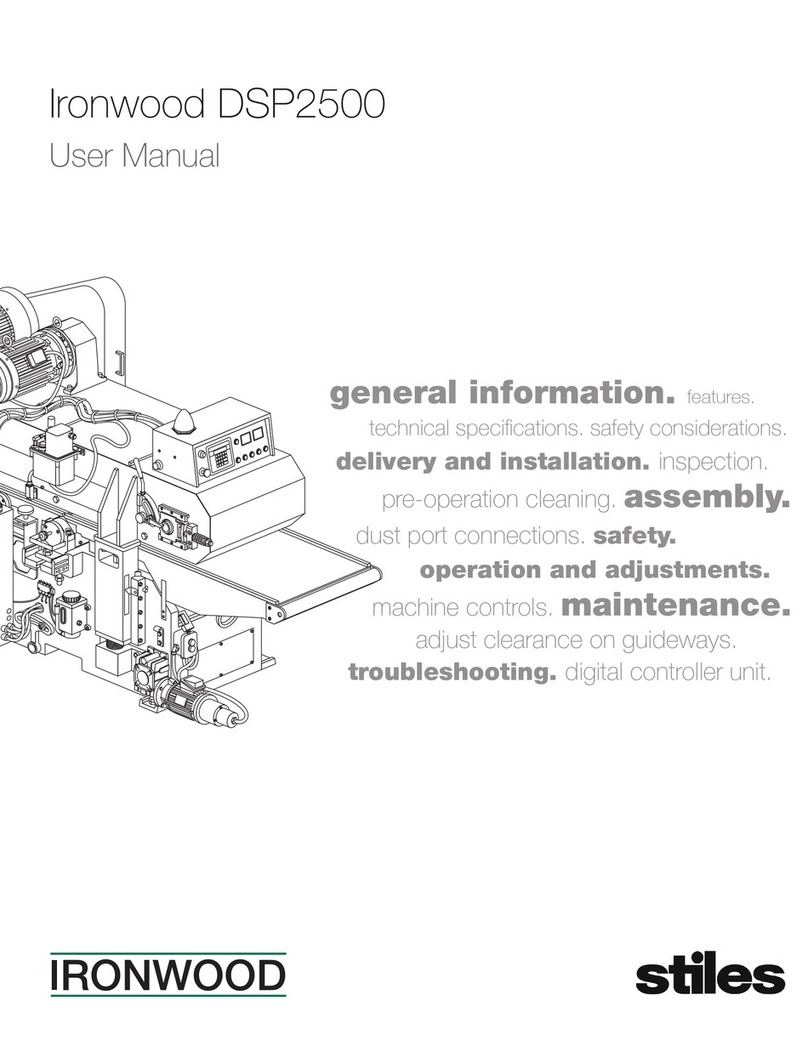
Stiles
Stiles Ironwood DSP2500 user manual
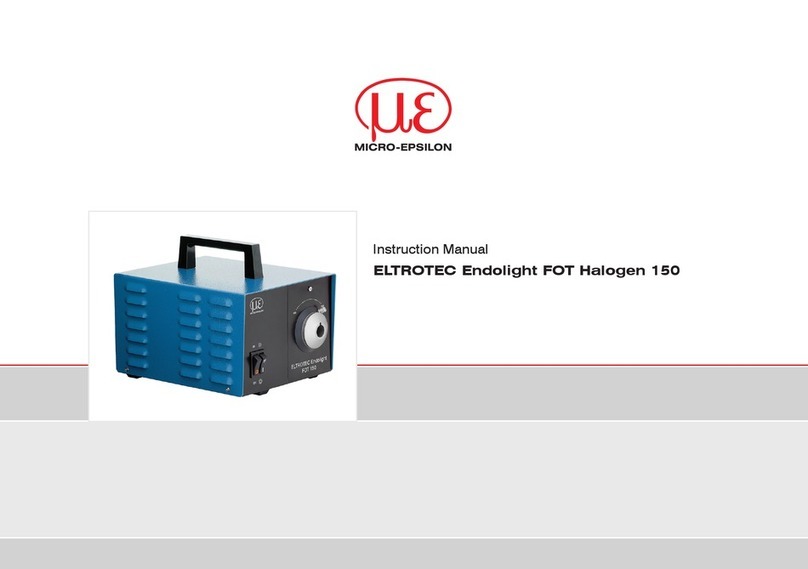
MICRO-EPSILON
MICRO-EPSILON ELTROTEC Endolight FOT Halogen 150 instruction manual

Tyco
Tyco TY-FRB Series manual
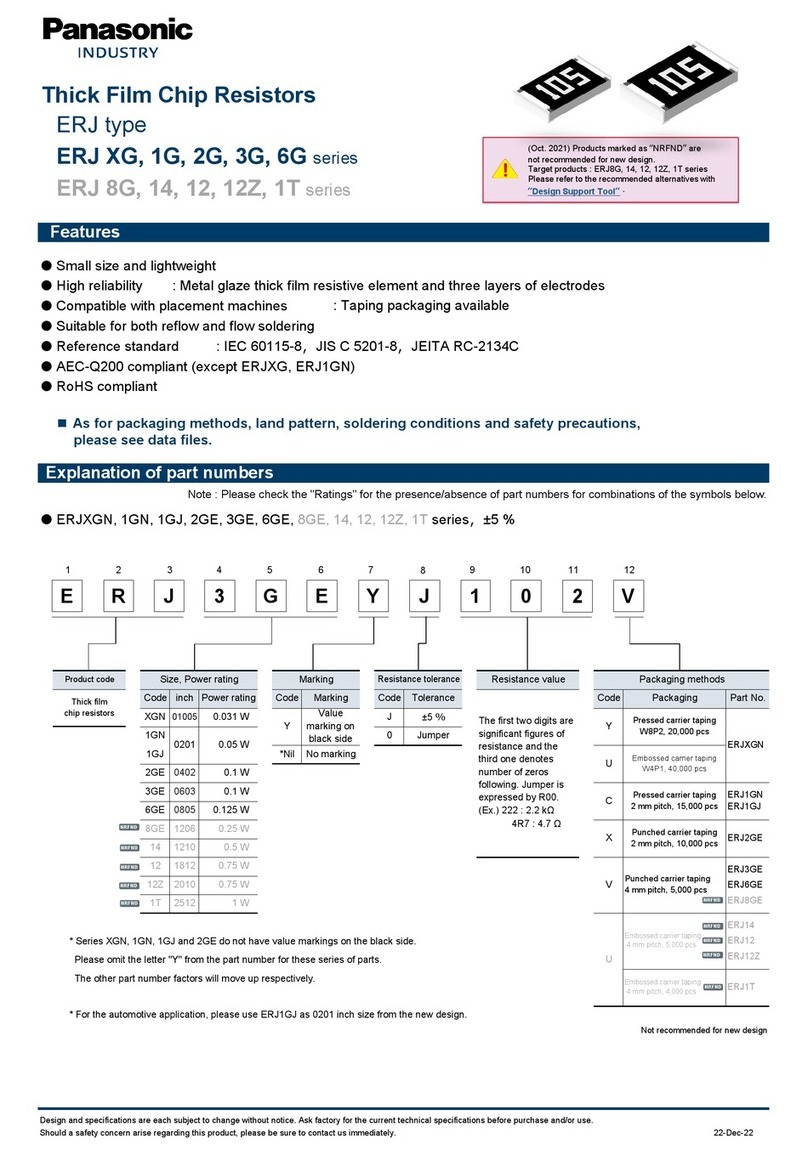
Panasonic
Panasonic ERJ MP3 Series quick start guide
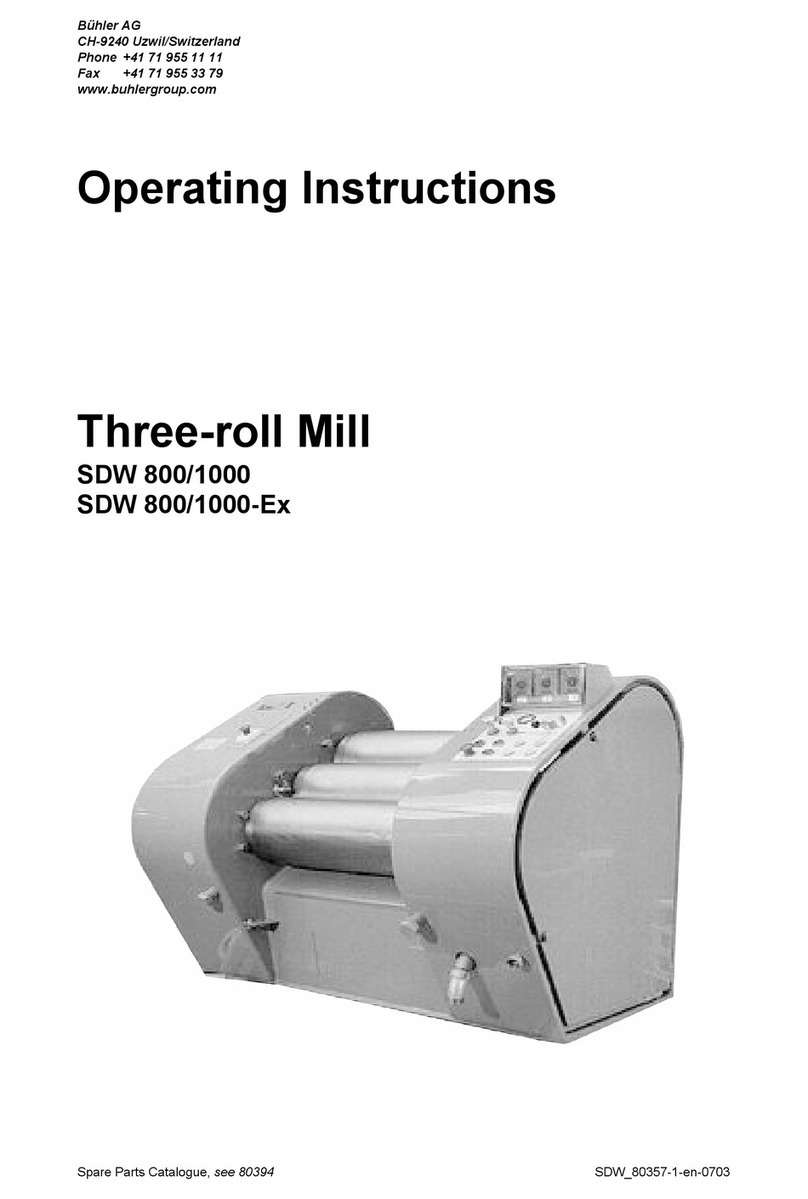
Buhler
Buhler SDW 800/1000 operating instructions
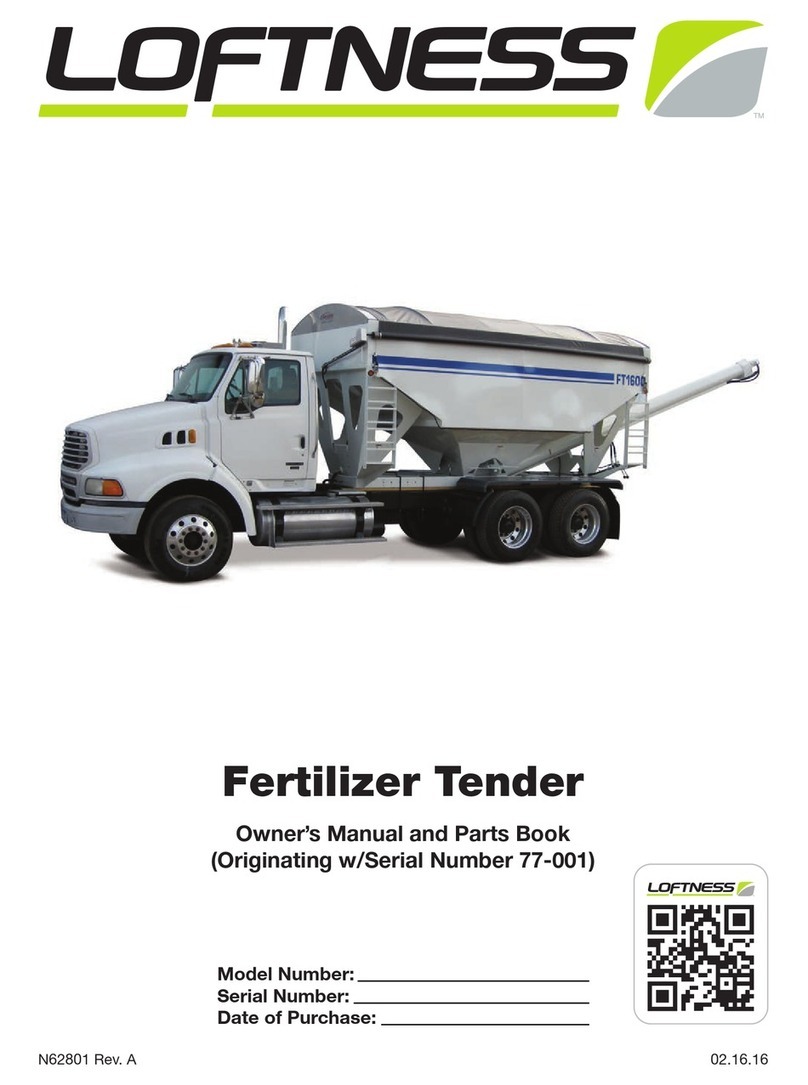
LOFTNESS
LOFTNESS 77-001 Owner's manual and parts book
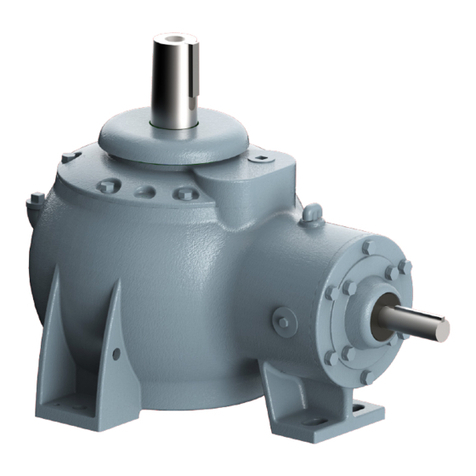
SPX Cooling Technologies
SPX Cooling Technologies MARLEY Geareducer Series user manual

Dynamics
Dynamics Dings 71010-EC6S instructions
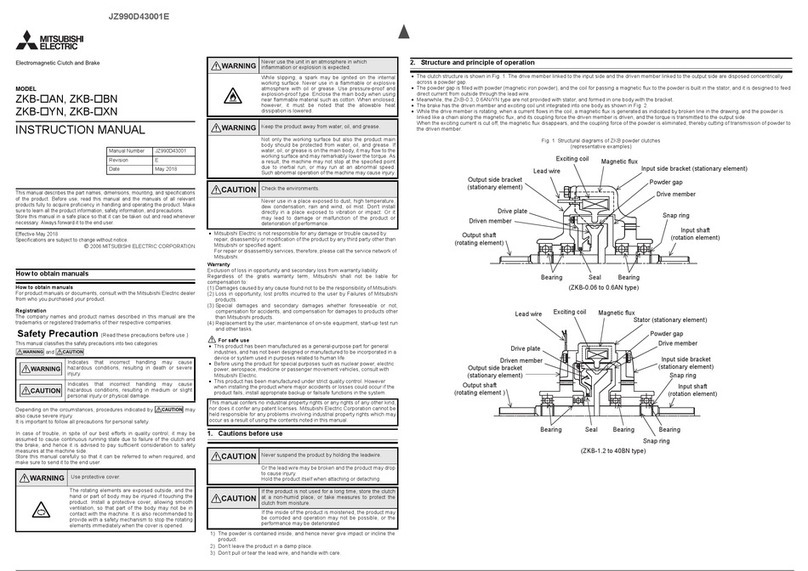
Mitsubishi Electric
Mitsubishi Electric ZKB AN Series instruction manual
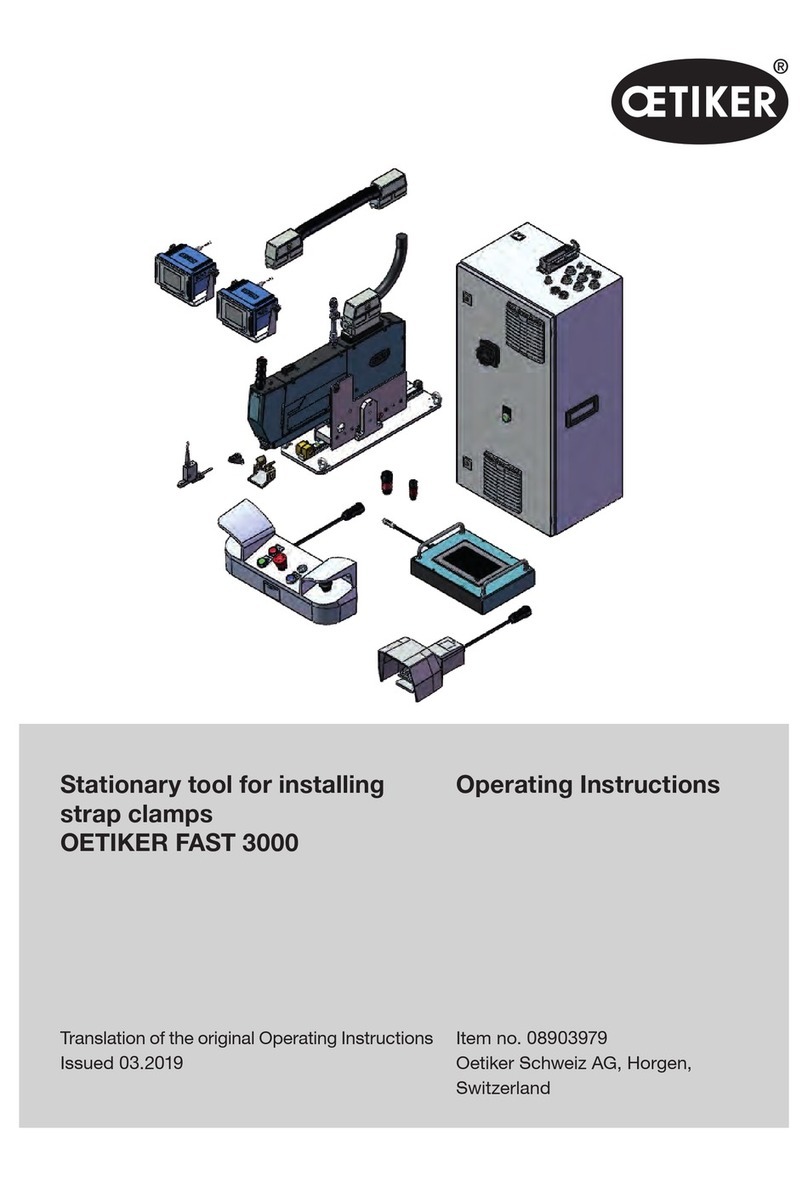
OETIKER
OETIKER FAST 3000 operating instructions

Lamtec
Lamtec 662R2127 Operatoring Instructions
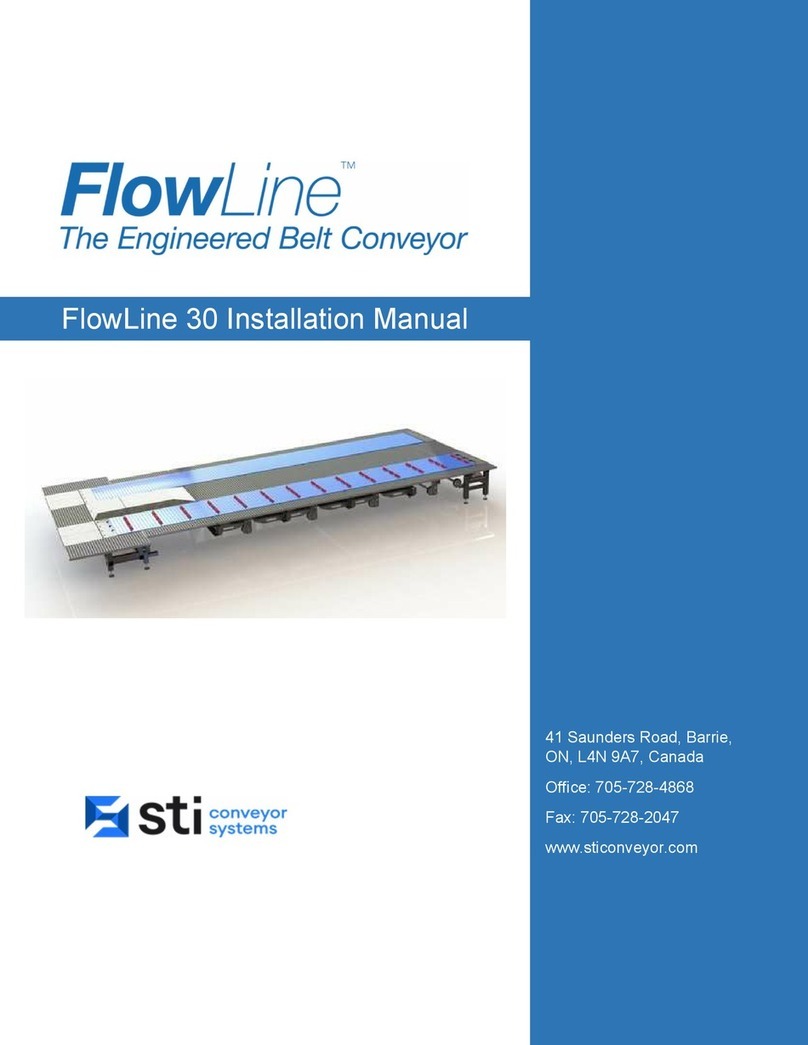
STI
STI FlowLine 30 instruction manual
